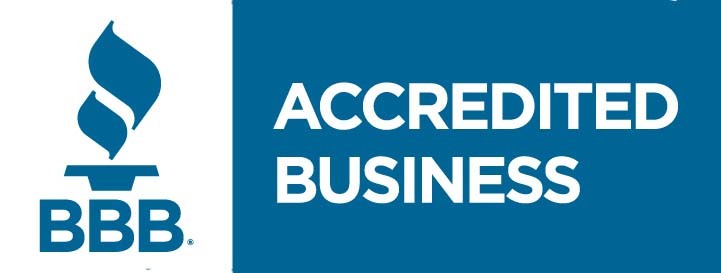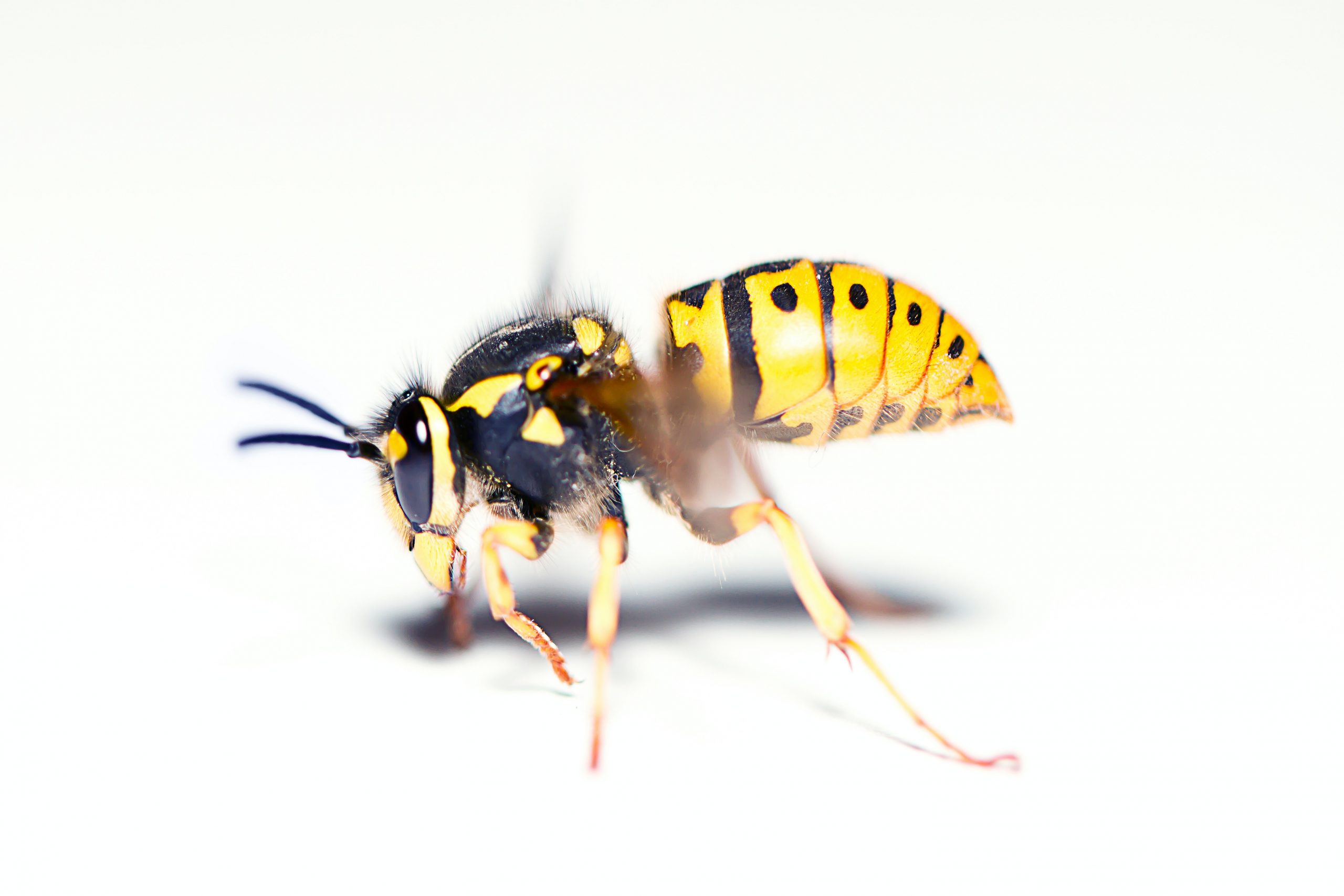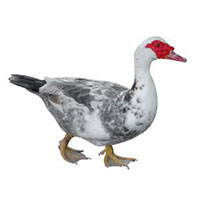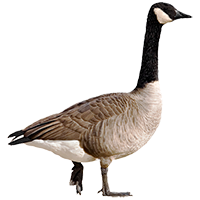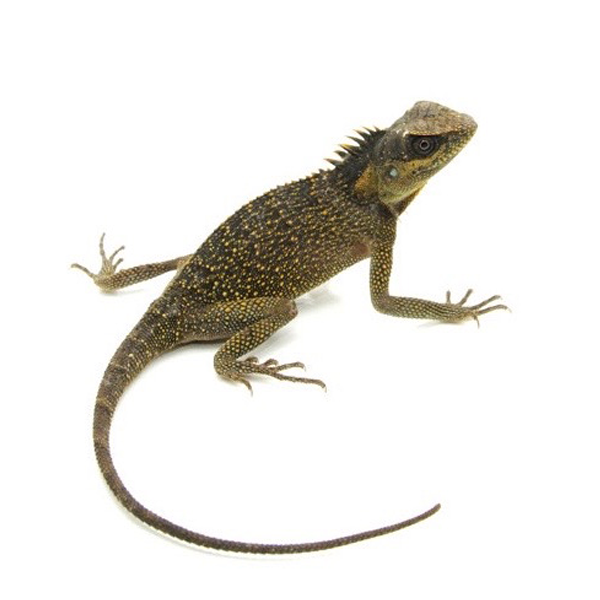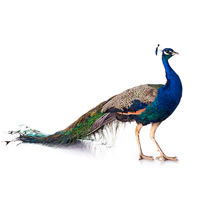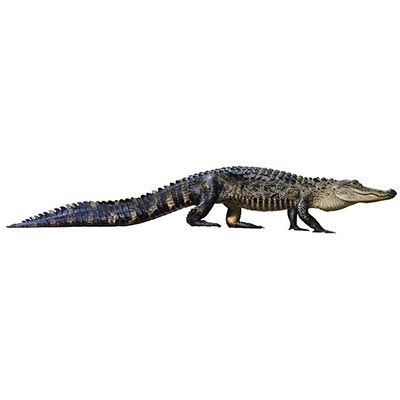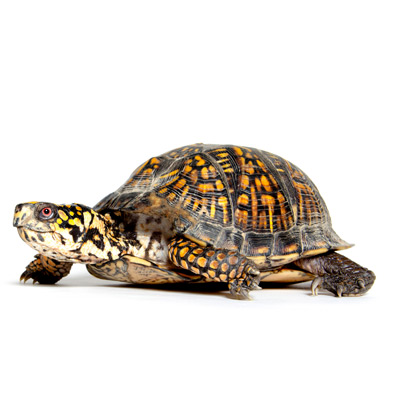How to Find the Right Hog Trapping Method for You: A Guide
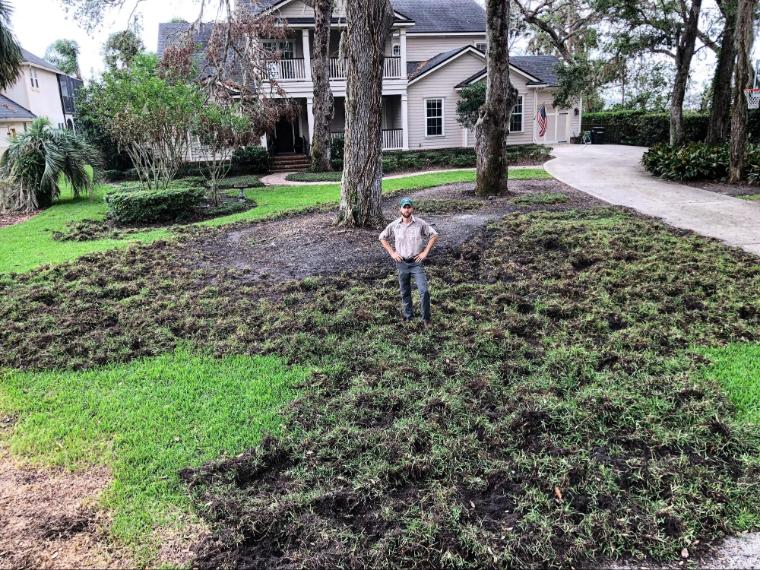
In the United States, 35 states have an estimated 6 million feral swine population. This number is becoming larger and larger with time. These invasive species cost more than $1.5 million for their damages and control every year. Controlling the hogs’ population to mitigate damages to property and agriculture is hard. Their reproductive rate is almost exponential, with female hogs’ capacity to breed. Females are reproducing an estimate of 6-8 piglets twice a year.
Are you wondering what you should look for when choosing the right hog trapper and method for you? It’s a piece of work, but we are here to guide you about hog trapping methods. Learn more about the good and bad of the different hog trapping methods below.
Wooden Box Traps
Box trap requires simple construction and is less expensive than commercial steel traps. They also take up less space to transport and store because they are foldable.
There are a limited number of pigs captured for each trapping effort. The box trap’s wooden walls need more extended maintenance. Furthermore, the 8-ft. side panels are hefty and challenging to manage alone.
Without roof and base, a typical box trap design is 4 feet wide, 8 feet long, and 5 feet high. A top isn’t required because the pigs can’t climb out the 5-ft.-high side panels. Fit some jump bars or corner covers to keep caught pigs from climbing out of box traps.
Cage Traps
Cage traps have an advantage over box traps. The wire panel construction of cage traps provides the hogs with more space. Moreover, most trap designs are simple enough to travel and put up by one person.
The cage limits the number of hogs captured for each trapping effort. Pest controls like these can invite non-target species like deer and black bears. Traps with overhead panels like cage traps can prevent these species from escaping.
A typical cage hog trap has a rectangular area. The size ranges from 4 feet high, 6 feet long, 4 feet wide to 5 feet high, 12 feet long, and 4 feet wide.
Cage traps may also come in a circular design with wire livestock panels bonded to a round steel frame. This design is portable and is pushable onto a trailer or along the ground.
To prevent pigs from escaping over the sides smaller than 5 feet tall, this trap should include a top panel. You don’t need bottom or floor panels. Indeed, many seasoned hog trappers are against utilizing floor panels.
Most hogs dislike the sensation of the wire panel underfoot and will refuse to enter.
Trappers suggest wiring the trap to T-posts driven into the ground at opposite sides. It prevents big hogs from lifting it and escaping underneath the side panels.
Corral Traps
Corral traps have the most success in catching big groups of hogs. Many expert hog trappers favor this type because of the structure’s design. It keeps captured pigs from gathering into angles and escaping over the top.
The size of the corral can change by adding or removing cattle panels. It increases the trap to accommodate larger sounders. Non-target species can escape via the open top.
The trap’s large size and open-top design may be less feared by hogs afraid of confinement.
Corral traps take longer to set up than box or cage traps. Tree roots in wooded ecosystems might make driving and hauling T-posts difficult. It makes the 16-ft. livestock panels divide the transport in half.
Corral traps use a heavy-gauge wire or U-bolts. It attaches 16-ft. by 5-ft. welded wire livestock panels to 612-ft. steel T-posts. Corral traps take longer to put up, but the catch chances are far higher.
Three to four 16-ft. by 5-ft. panels will create a large lure to catch the majority. By adding more livestock panels, the size of the trap expands.
Silo Traps
It has a lot of design options and can come with a lot of different funnel gates. It is of a continuous mesh panel or many livestock panels that 6.5′ T-posts with U-bolts and cable clamps secure. The ends of mesh panels can create a funnel through which wild pigs must pass to enter a trap.
Wild hogs will refrain from pushing back out by tines on the margins of mesh panel entry. To prevent wild pigs from climbing or jumping out of the hog trap, they should be at least 5 feet tall. Jump bars or wire installation over the top is critical to keep wild pigs from escaping.
These cost-effective traps are easy to store, move, and find. The capability depends on its size, and it needs more effort and time to construct.
Gate Types
Trap gates are available in a wide range of designs and materials. The majority are wooden or made of steel.
The single-catch gates without extra hogs enter the trap after activation. Multi-catch gates after activation will still let hogs enter the confinement. The following are the four fundamental gate types for pest control:
Guillotine Gate
This gate is both affordable and easy to build. A trigger wire holds the gate in place, closing the trap’s door after a pig activates it. It’s ideal for one catch only.
Saloon Gate
This gate shafts toward the trap’s interior as the trigger line locks it. Heavy springs seal the gate fast once triggered, but hogs can still enter after the gate has closed. It can be noisy and scare other feral hogs if the door is without pads.
This gate is ideal for multi-catch.
Rooter Gate
This gate’s flexible top provides for one-way access into a trap. A trigger can also open and then close it. This gate might be loud and scare other feral hogs if it is without cushions, as well.
Mesh Trap
Most pest control services use a mesh trapping device for their feral hog removal program. This type of hog trapper is cost-effective, lightweight, and portable. The trap is out of a mesh base trap net connected to t-posts, allowing hogs to enter the lure by pushing under the net.
This way confines the hogs so they cannot exit.
Choose the Right Hog Trapping Method for You
Wild hogs’ reproductive capacity allows them to grow to an alarming number. Hog trapping is one of the best pest controls to save you from property and agricultural damages.
This article featured the different hog trapping methods you need to catch feral pigs. Be the boar buster you ever needed and contain these invasive species with this guide!
Now you know the best hog trapping methods to consider! Contact us to address your urgent wildlife problems!
Read more posts from the Category Feral Hogs.





